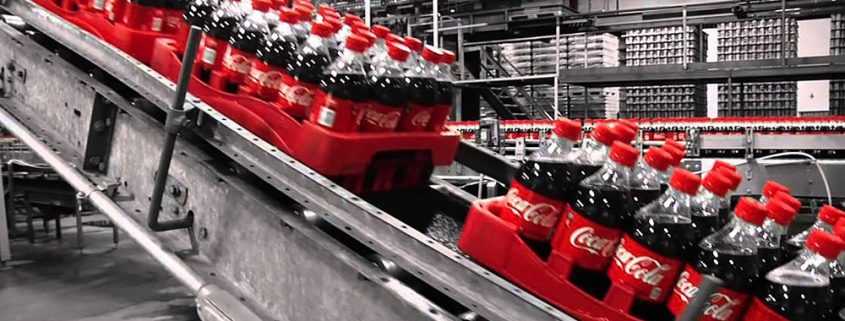Embracing an Automation Economy
Since the beginning of the industrial revolution, automation has been a steadily growing trend for the manufacturing and process industries, to the joy of some and the dismay of others. On the one hand, automation is synonymous with lower production costs and higher quality, providing more consistent output with less physical labor. On the other hand, from time to time there is concern about job loss as machines replace unskilled labor, and put people out of work. As far back as 1779, so the story goes, a young weaver’s apprentice named Ned Ludd vandalized a couple of knitting machines, thus becoming the namesake of the Luddite movement, a group of skilled workers who violently protested one of the world’s first industrial automation initiatives.
Now there is a new automation revolution taking place that may have an even greater social impact. Thanks to new digital technologies like artificial intelligence, big data, robotics, satellite geopositioning, and others, jobs that we once thought only humans can do are now seen as potential targets for automation.
“In the past, automation was largely restricted to simple manual or procedural tasks,” said Carolyn Wilkins, Senior Deputy Governor of the Bank of Canada, in a recent speech to the Toronto Board of Trade. “Today’s technology makes it possible to automate an increasing number of cognitive and non-routine tasks across a wide range of industries.”
The impact of automation on virtually every employment sector for the near future was the subject of The Future of Employment by Carl Benedikt Frey & Michael Osborne of the University of Oxford. “According to our estimates around 47 percent of total US employment is in the high risk category,” the paper states in its conclusion. “We refer to these as jobs at risk – i.e. jobs we expect could be automated relatively soon, perhaps over the next decade or two.”
Some of the jobs most at risk were in categories like “Machine Setters, Operators, and Tenders” in various industries. This what we might expect, given the recent robotics trend in manufacturing. More surprising were job categories like hotel desk clerk, agricultural inspector, bill collector, animal breeder, restaurant cook, and legal secretary. Twenty years ago, who would have imagined these occupations being automated? Yet most of them will be in the next twenty years, according to the study.
What now?
Where does that leave us? “What we need to do is embrace the technologies in areas where we can make a difference and promote productivity,” recommends Carolyn Wilkins. She mentioned in particular the STEM subjects (science, technology, engineering, and math) as “solid foundations that provide a platform for future learning.” Perhaps she is right. The Oxford study lists a number of occupational areas with a low chance of replacement, and engineering is among them, for sure. And for those with a more humanistic interest, health care, education, the arts and entertainment are other options, as they also are not expected to be automated any time soon.
At Skkynet we our doing our part to make automation easy to embrace, by making our products and services convenient and affordable. And internally, we are always looking for ways to streamline our work flow. The more we automate the boring and repetitive jobs here in the office, the more time we have to do the cool, fun, and interesting stuff that keeps us at the leading edge.





